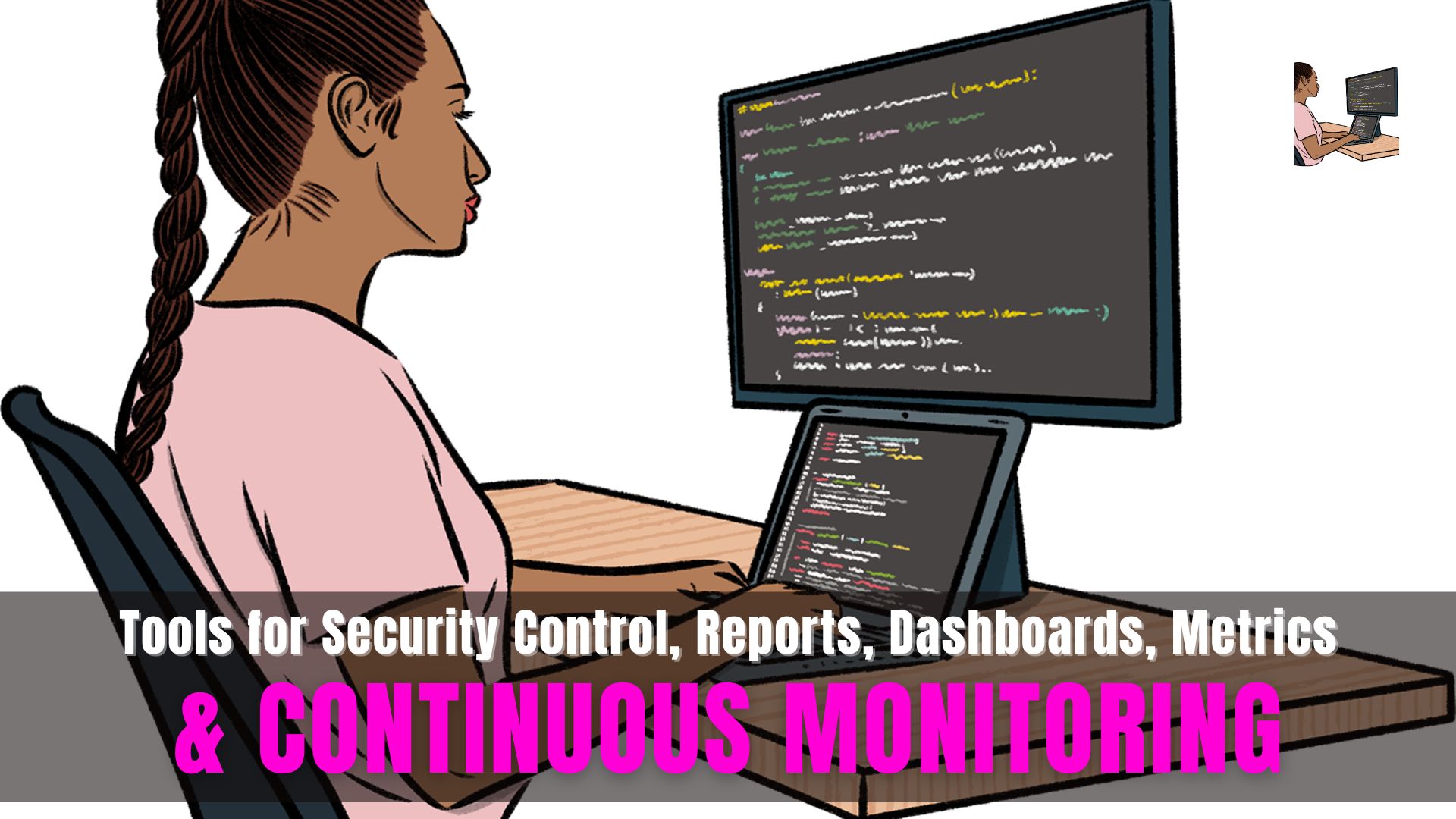Effective assessment of security controls and ongoing monitoring are vital for ensuring strong cybersecurity.
Utilizing the appropriate tools allows for precise reporting, informative dashboards, and valuable metrics that enable organizations to recognize risks, monitor compliance, and take proactive measures against threats.
This guide delves into key tools aimed at simplifying the development of security control reports, improving visualization through dashboards, and supporting continuous monitoring to maintain organizational security standards.
To prepare security control assessment reports, dashboards, and metrics for continuous monitoring, the following tools are commonly utilized:

1. Governance, Risk, and Compliance (GRC) Tools
- ServiceNow GRC: This platform helps track risk, compliance, and security controls, featuring built-in dashboards.
- RSA Archer: It allows for detailed reporting and dashboard creation to facilitate continuous monitoring and risk assessment.
- OneTrust: This tool automates reporting for compliance and assessment metrics.
2. Security Information and Event Management (SIEM) Tools
- Splunk: Known for log aggregation and analysis, it offers robust reporting and visualization capabilities.
- IBM QRadar: This tool assists in monitoring and generating reports for security incidents and compliance.
- Elastic Security (ELK Stack): An open-source stack used for data visualization and dashboard creation.
3. Vulnerability Management Tools
- Tenable.io / Nessus: These tools generate comprehensive reports and dashboards on vulnerabilities that impact compliance with security controls.
- QualysGuard: It provides metrics and dashboards for ongoing monitoring of vulnerabilities.
- Rapid7 InsightVM: This tool enables visualization of risk metrics and tracking of vulnerabilities.
4. Business Intelligence (BI) Tools
- Tableau: It creates visual dashboards and generates actionable metrics for security control assessments.
- Power BI: This tool integrates data from various sources to create visualizations for continuous monitoring.
- Looker: It offers insights and reporting capabilities for analyzing compliance and security metrics.
5. Cloud Security Tools
- AWS Security Hub: This tool provides dashboards and consolidated findings for compliance and monitoring.
- Azure Security Center: It offers recommendations and visualizations related to compliance and monitoring metrics.
- Google Cloud Security Command Center: A centralized reporting tool for monitoring and assessment in GCP environments.
6. Compliance-Specific Tools
NIST 800-53 Compliance Tools:
-
- Xacta: This tool supports control assessments and continuous monitoring for compliance with NIST standards.
- CSAM (Cyber Security Assessment and Management): It assists in managing and assessing cybersecurity risks.
- OpenSCAP: Automates security assessment and compliance checking.
7. General Purpose Reporting and Workflow Tools
- Microsoft Excel/Google Sheets: For manually tracking and preparing reports with customizable templates.
- Jira: Tracks issues related to control assessments and generates reports.
- Confluence: Creates collaborative dashboards for team reporting and documentation.
Each tool can be selected based on the organization’s needs, regulatory requirements, and technology environment.
if you found these article on: Tools for Security Control, Reports, Dashboards, Metrics and Continuous Monitoring helpful, feel free to share, like and comment.
POSTED IN: Computer Security, GRC Analyst